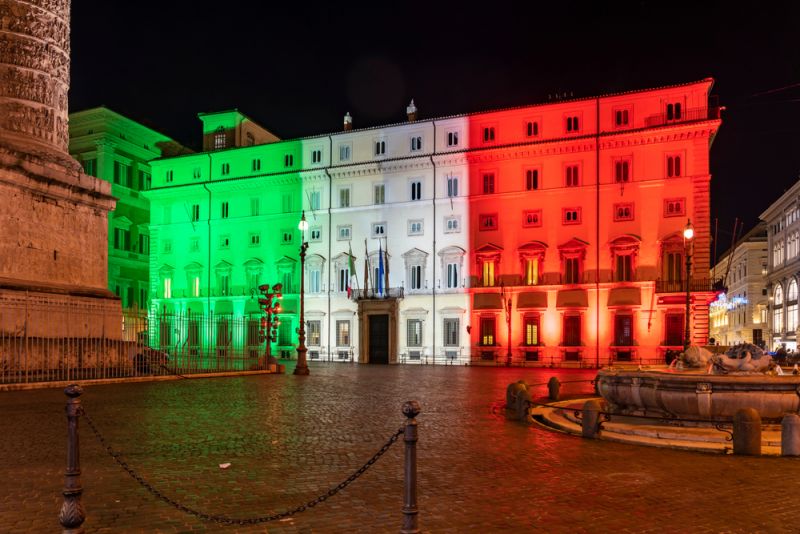Italy extends covid-19 restrictions until end of April

Rome: Italy’s current system of covid-19 restrictions and closures is to be extended for the duration of April, as part of a decree approved by the government of premier Mario Draghi.
The measures will take effect on 7 April – after the Easter holiday weekend when the existing restrictions come to an end – and will remain in force until 30 April.
However the decree allows the government to ease restrictions in regions if the virus data improves, and there will be no moderate-risk yellow zones, where rules are more relaxed, during April.
This means that Italy will be divided into high-risk red and medium-risk orange zones under the country’s colour-coded tiered system of restrictions, Italian news agency ANSA reports.
The most restrictive rules apply in red zones, with bars and restaurants closed except for takeaways and home deliveries. Only essential shops open and travel is tightly restricted.
In orange zones restaurants and bars are closed except for take-away but shops remain open. People can only leave their towns and cities for work, health or emergency reasons.
The fact that there will be no yellow zones means that Italy’s museums and archaeological sites will remain closed until 1 May at the earliest.
The decree also contains measures that oblige health care workers to take the covid-19 vaccine, as well as the banning of cruise ships from the centre of Venice.
There will be a nationwide red zone from 3-5 April, effectively locking down the country over the Easter holiday weekend.
However the usual red zone rules will be relaxed slightly over Easter, allowing people to move within their region – once a day – to visit the homes of friends or relations between 05.00 and 22.00.
A maximum of two people are permitted to enter another person’s house but the limit does not apply to children under 14 or those who are dependent.
People who wish to attend Mass over Easter may do so but are being advised to go to the church nearest their house.
After Easter schools across Italy, up to the first year of middle school, will reopen with face-to-face lessons in the classroom – even in red zones.





